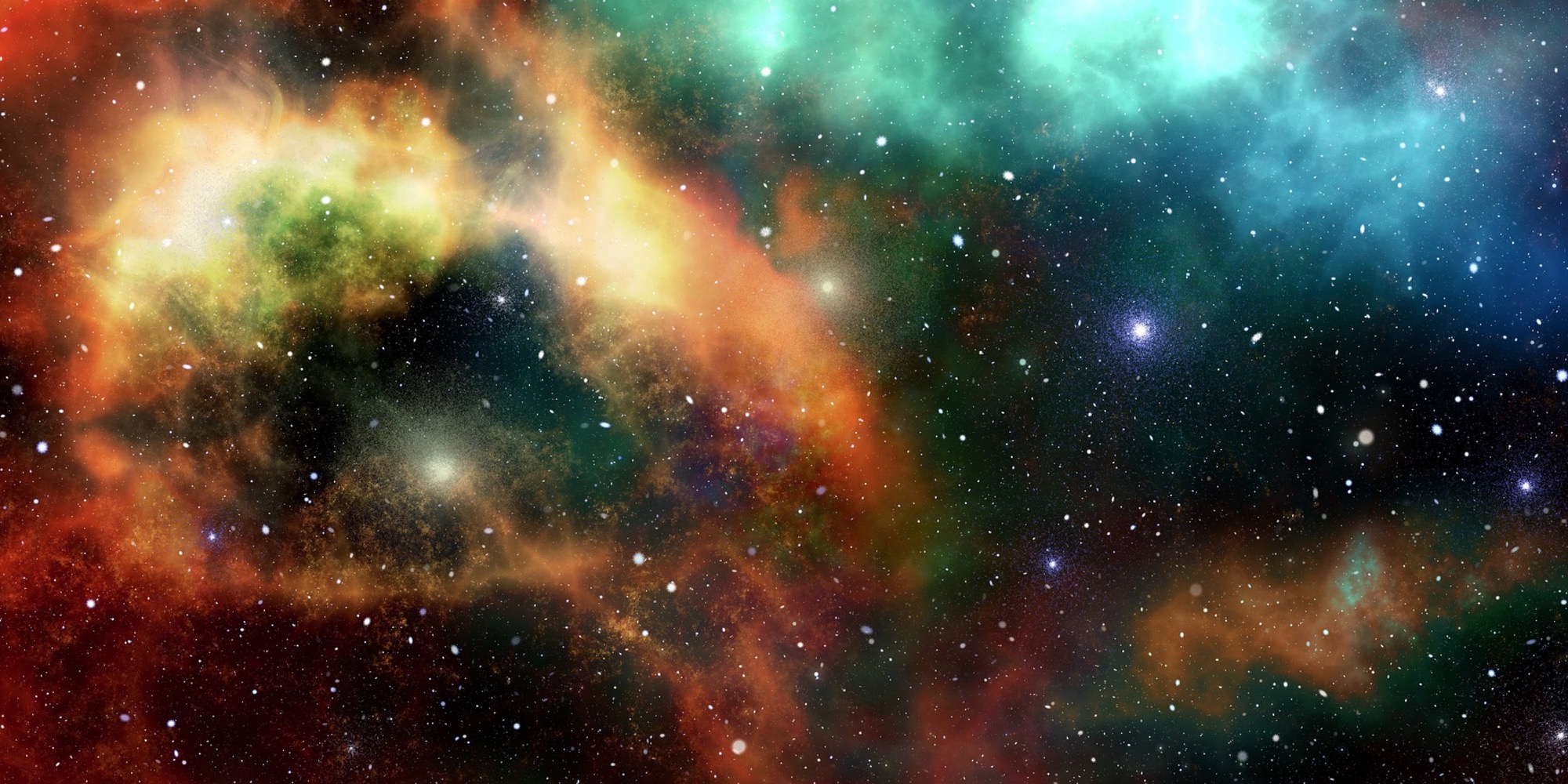Podcast: Play in new window | Download
Subscribe: Apple Podcasts | RSS | More
The Universe was not always like it is today. Before the Universe was filled with light, it was a dark and lifeless place. This era, the dark ages, ended with the birth of the first stars.
When the first star was born, the Universe was changed dramatically. As these first stars continued their lives, they filled the Universe with light and a variety of elements. They came together to form galaxies. Eventually, the Universe was transformed into the place we know it as today.
Luckily for us, because light travels at a finite speed, when we look farther away, we are actually looking back in time. Therefore, just by pointing our telescopes at the skies, we can learn about our own history, our own origins. Can we look far enough back to see these first stars?
Today Dr. Harish Vedantham joins us on the podcast. Harish is an astronomer at the Netherlands Institute of Radio Astronomy and works at a radio array called LOFAR – the Low-Frequency Array. LOFAR is a huge radio “telescope”, composed of antenna spread out all over Europe. LOFAR hopes to see the signal that these first stars imprint in the gas surrounding them. It’s possible that this signal has already been seen just recently with an experiment called EDGES.
We discuss ways we can see these stars, how difficult the observation is, and how astronomers can take a very faint signal and use it to surmise what these first stars were like. We also talk about how science is different than what you see in the movies – it takes a lot of time, hard work, and patience to trust your results. It’s a fun episode with a lot of good science – and hopefully you’ll walk away with more of an understanding of our cosmic origins.
